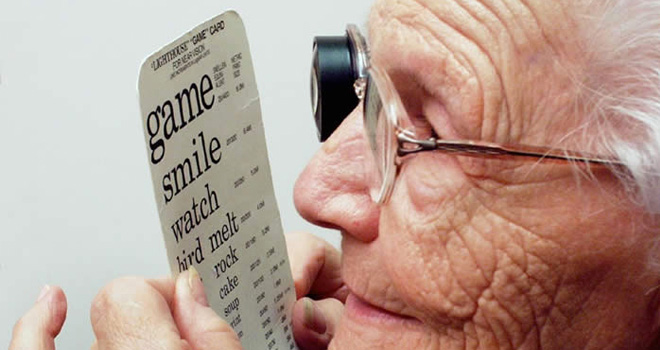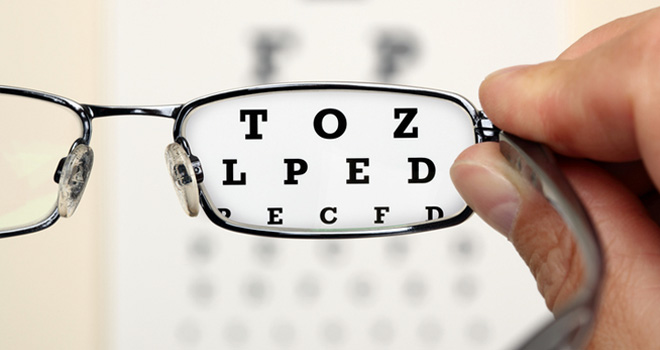Low Vision

Low vision is a loss of eyesight that makes everyday tasks difficult. Anyone with noncorrectable reduced vision is considered to be visually impaired. Refractive error as a cause of visual impairment is not included.
In low vision even with regular glasses or contact lenses people find everyday tasks difficult to do. Many people with low vision are taking charge by using devices and services that can help them keep their independence.
Vision changes like these could be early warning signs of eye disease. If you believe your vision has recently changed, you should see your eye care professional as soon as possible
Low vision means that even with regular glasses, contact lenses, medicine, or surgery, you cannot see well enough to do everyday tasks.
There are many signs that can signal vision loss. A person with low vision may find it difficult or impossible to accomplish such activities as reading, writing, shopping, watching television, driving a car, recognizing faces, and crossing the street.
There are different types of low vision including loss of central vision, loss of peripheral vision, night blindness or hazy vision.
A complete eye exam involves a series of tests designed to evaluate your vision and check for eye diseases. An ophthalmologist uses a variety of instruments, aims bright lights directly at the eyes and requests a person to look through an array of lenses.
The eye exam usually begins with questions about a medical history and any vision problems. Next, the doctor will check the eyes with a light to see whether the exterior parts of your eyes are functioning correctly and whether there are any signs of injury or disease. The eyes will also be tested for visual acuity.
Magnifying glasses or lenses can help with low vision. These are an example of something called an optical low vision device. Magnifying glasses are stronger than ordinary glasses, and might help with reading or fine detail work. Optical low vision devices include hand or stand magnifiers, telescopes, and video magnifiers.

There are other aids and devices that help with low vision. These include large print books, newspapers, magazines, playing cards, and checks. There are high-contrast and large number telephones, thermostats, watches, and remote controls.
You might use talking devices such as watches, timers, books and blood pressure and blood sugar machines. Many computers can magnify printed material and pictures, or read text aloud. Special software that reads what displays on a computer screen is called a screen reader. This can be helpful for using websites.
Good lighting and reducing glare are important for most people with low vision. A bright light close to reading material often improves vision.
Last Updated: October 23, 2024



























